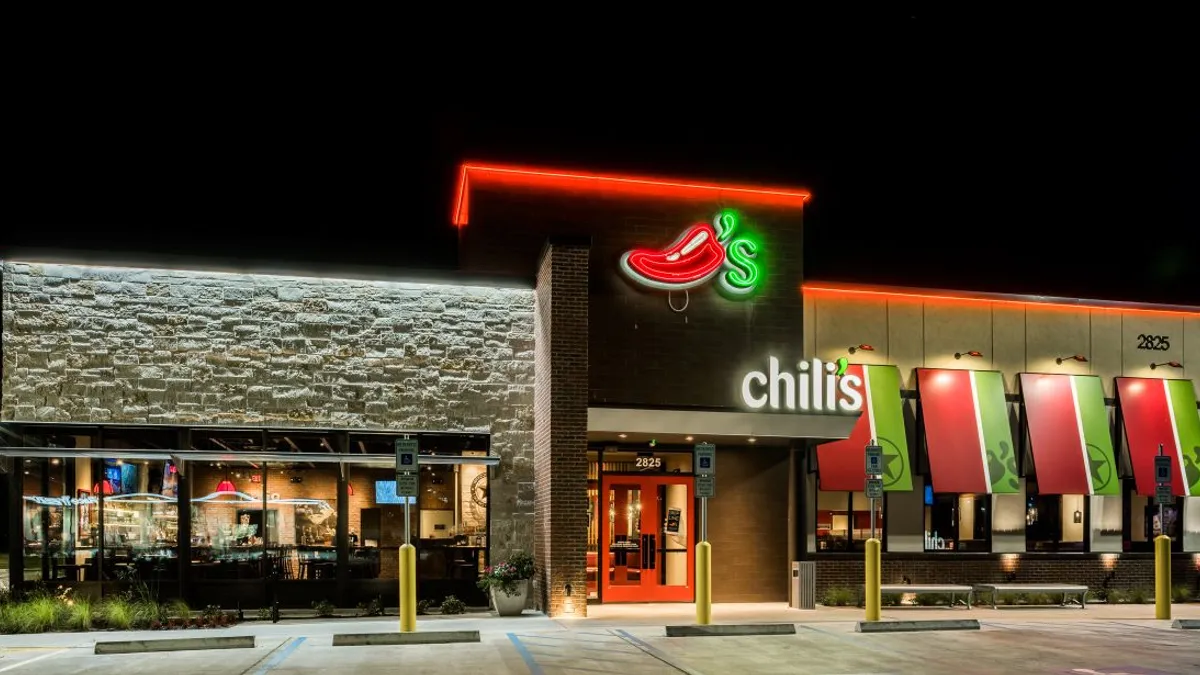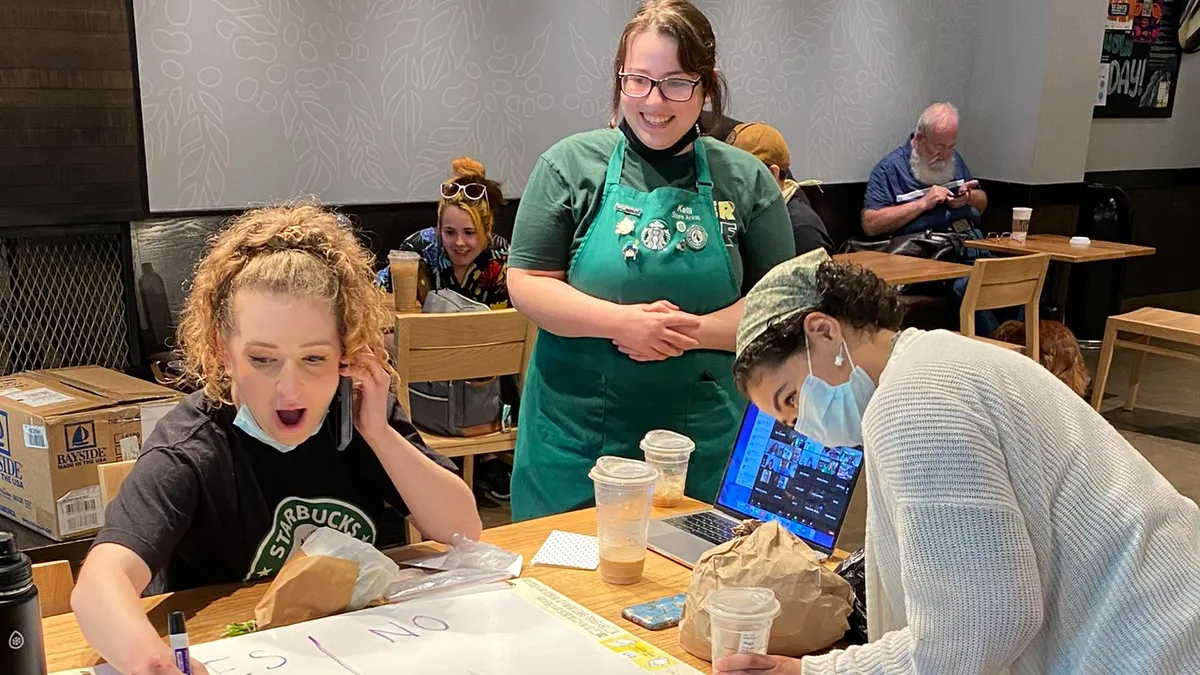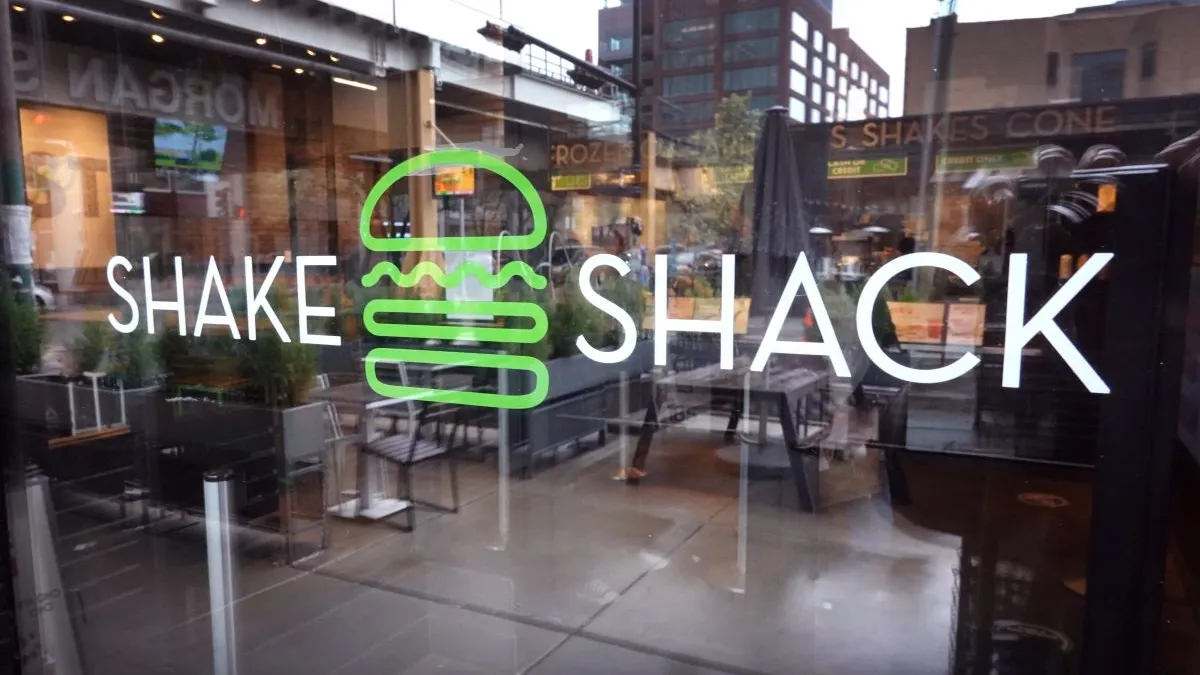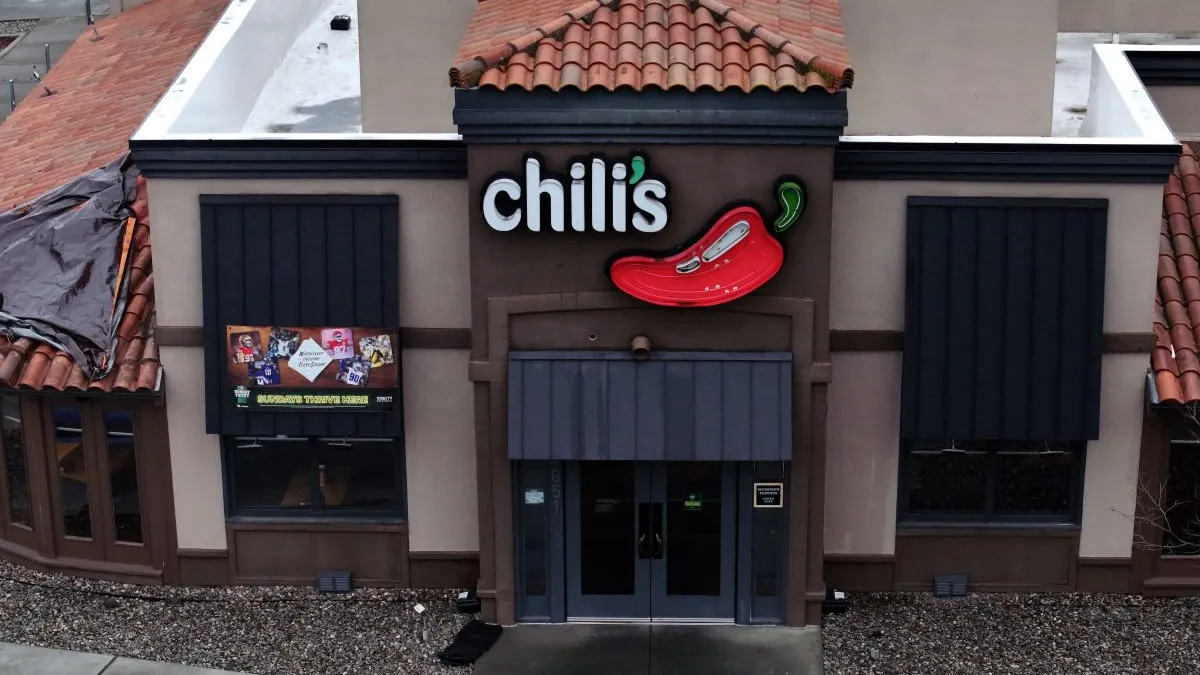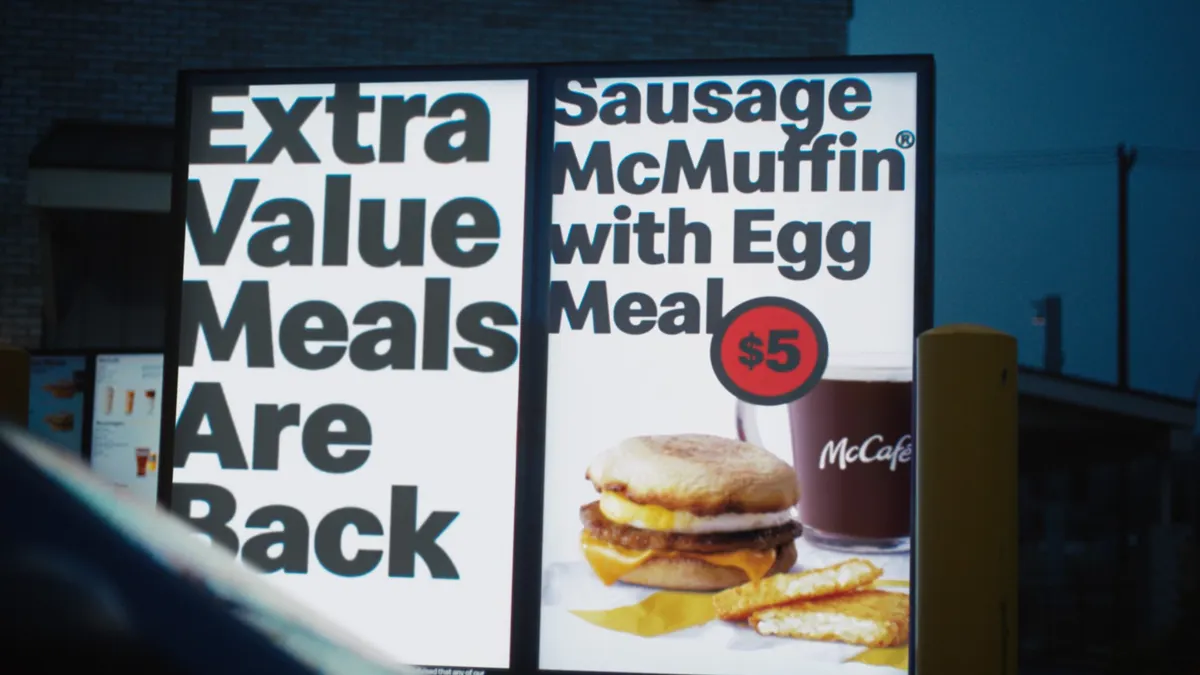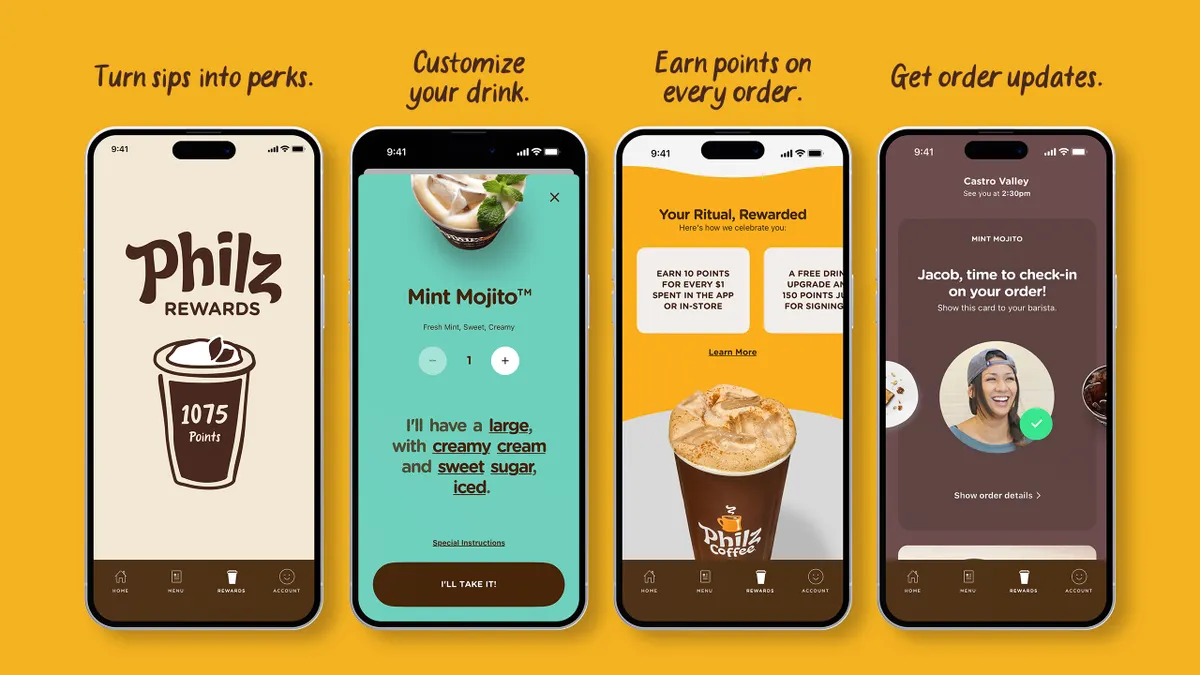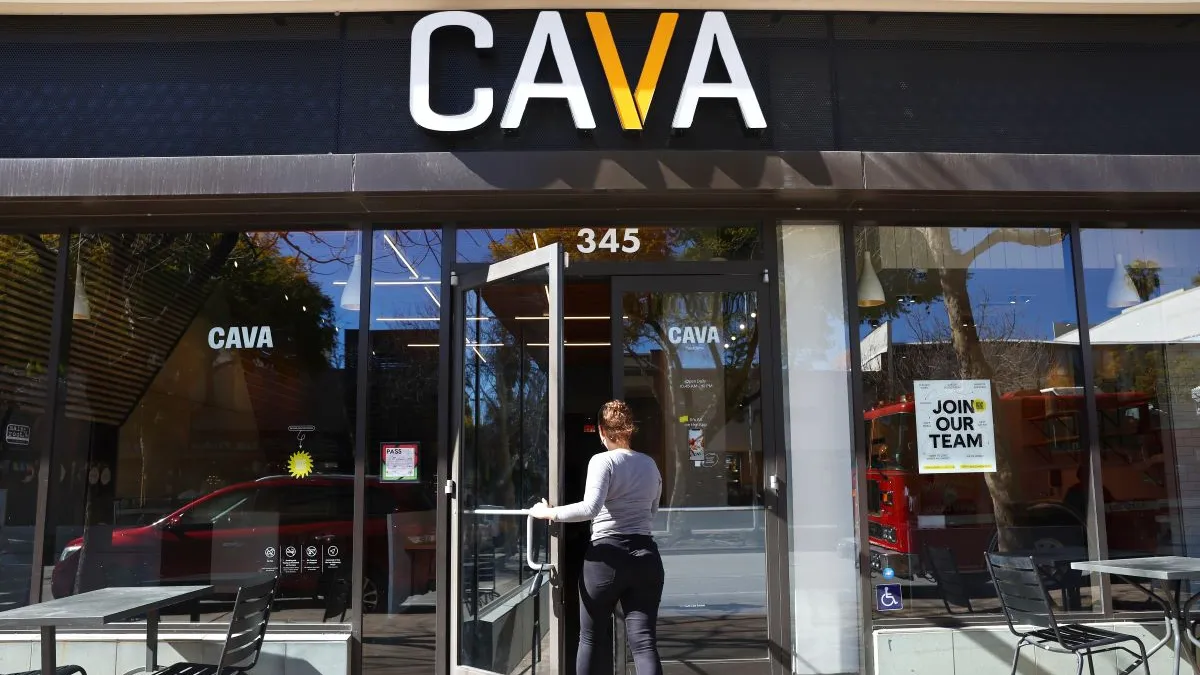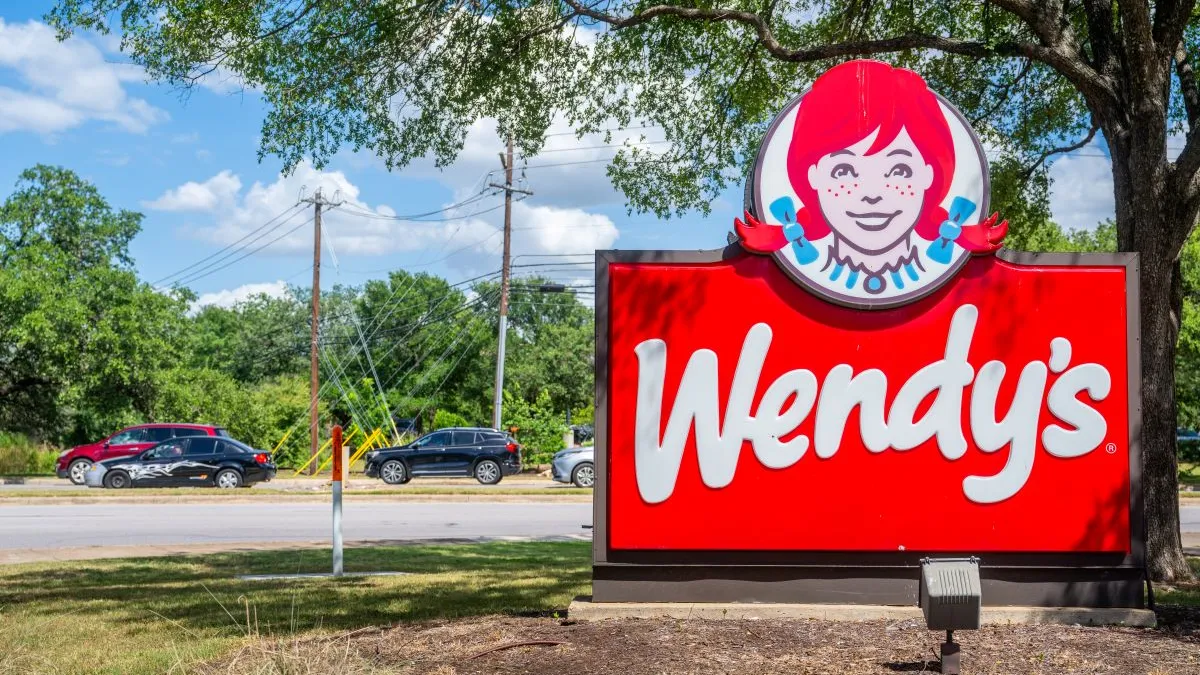Chili’s has seen a run of stunning same-store sales growth — powered in part by its $10.99 3 For Me meal platform, which typically pairs a burger, a side and a beverage at a price point directly competitive with fast food combo meals. Its Triple Dipper appetizers have helped as well, though its success was dampened by macro-economic pressures, as have investments in repairing stores, improving service and installing more efficient equipment.
But Chili’s isn’t done. The chain is planning to overhaul its core value deal and emphasize different menu segments, Brinker CEO Kevin Hochman said on the company’s first-quarter fiscal 2026 earnings call. The chain has also embarked on a remodel program intended to differentiate the brand from other casual dining chains.
Value innovation and chicken sandwiches
Building on its advantageous position in the casual dining market means maintaining and refreshing Chili’s value edge.
“The $10.99 burger deal that we have in the market is still as relevant as it was when we introduced it a few years ago on TV,” Hochman told analysts on Wednesday. “We need to refresh that message. We're going to have some big innovation coming. It's going to be ready to go in Q3. We're going to launch it in Q4.”
Hochman didn’t say what that innovation would be. But the brand is planning to improve its chicken sandwich platform — adding new flavor options — and then to promote it aggressively in marketing.
The logic here is simple: Chili’s is actually behind the ball when it comes to chicken sandwiches as a proportion of sales. Hochman said the brand’s core chicken sandwich is good, and the new flavors are an update, rather than a reinvention, aimed at making the sandwiches more relevant.
Chicken sandwiches are not a major portion of Chili’s sales mix, but they are a significant sales driver for other restaurants, Hochman said. “It should be a much bigger percentage of our business because boneless fried chicken is one of the top five things that Americans eat, and it's been growing every year for several decades now.”
That trend toward boneless fried chicken has fueled everything from Roark’s $1 billion acquisition of Dave’s Hot Chicken and Layne’s Chicken Fingers’ aggressive franchising strategy to Chick-fil-A’s massive unit volumes and KFC’s loss of share to boneless-focused competitors Raising Cane’s and Wingstop. Earlier this year, the boneless boom gave QSRs a menu innovation lifeline: McDonald’s and Wendy’s have both added tenders to their menus in a bid to bring in consumers.
‘A Chili’s as Chili’s as Chili’s can be’
A specter is haunting restaurant remodels — the specter of Cracker Barrel. Earlier this year, the casual dining chain started testing a modernized store design as part of a significant rebranding. The result: months of simmering criticism on social media that came to a head during the broader furor over its brand image changes in August. Even President Donald Trump at one point weighed in on the chain’s logo. Cracker Barrel quickly canceled its remodels — but the incident showed that consumer nostalgia for the differentiating aspects of brands is a powerful force.
Chili’s new store prototype was designed before the Cracker Barrel disaster, but Hochman’s remarks on the most recent earnings call emphasized the design’s adherence to the chain’s traditional brand identity.
The name for the store design — “the Modern Greenville prototype” — signals that the brand sees the remodels as “going back to the first Chili's ever built on Greenville Avenue and getting back to what makes Chili's like no place else,” Hochman said.
Hochman shared comparatively few details about the remodel, but said one thing that set Chili’s apart when it first opened was “having a true margarita bar.”
“When you went into a Chili's way back when, it had a very different vibe than other casual diners, and that's what we want to bring back to it,” Hochman said. But more recent renovations dulled the brand’s identity and made it more similar to other chains. Now the chain is trying to change that, starting with four renovations in the Dallas-area that Hochman said will be completed by the end of the quarter.
Those remodels look to balance between making a “a Chili's as Chili's a Chili's can be,” as Hochman put it, and modernizing operations. Once that’s complete, Chili’s will hope to remodel about 10% of its roughly 1,200 U.S. restaurants in any given year, Hochman said on a previous earnings call.
Guest nostalgia is also impacting menu changes — Chili’s recently added a new type of queso to replace its Skillet Queso, a low-indexing item. While newer guests liked the new queso, the response from other consumers pushed Chili’s to bring back the Skillet Queso.
“The long-time Skillet Queso users were not excited about the new queso. It's just a different queso for them. And either they didn't want to try it with the coupon or they tried it and didn't like it,” Hochman said. “We thought we had put together a plan that could bring the existing guests along. That clearly has not played out the way we had hoped.”



